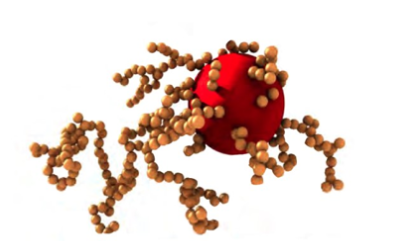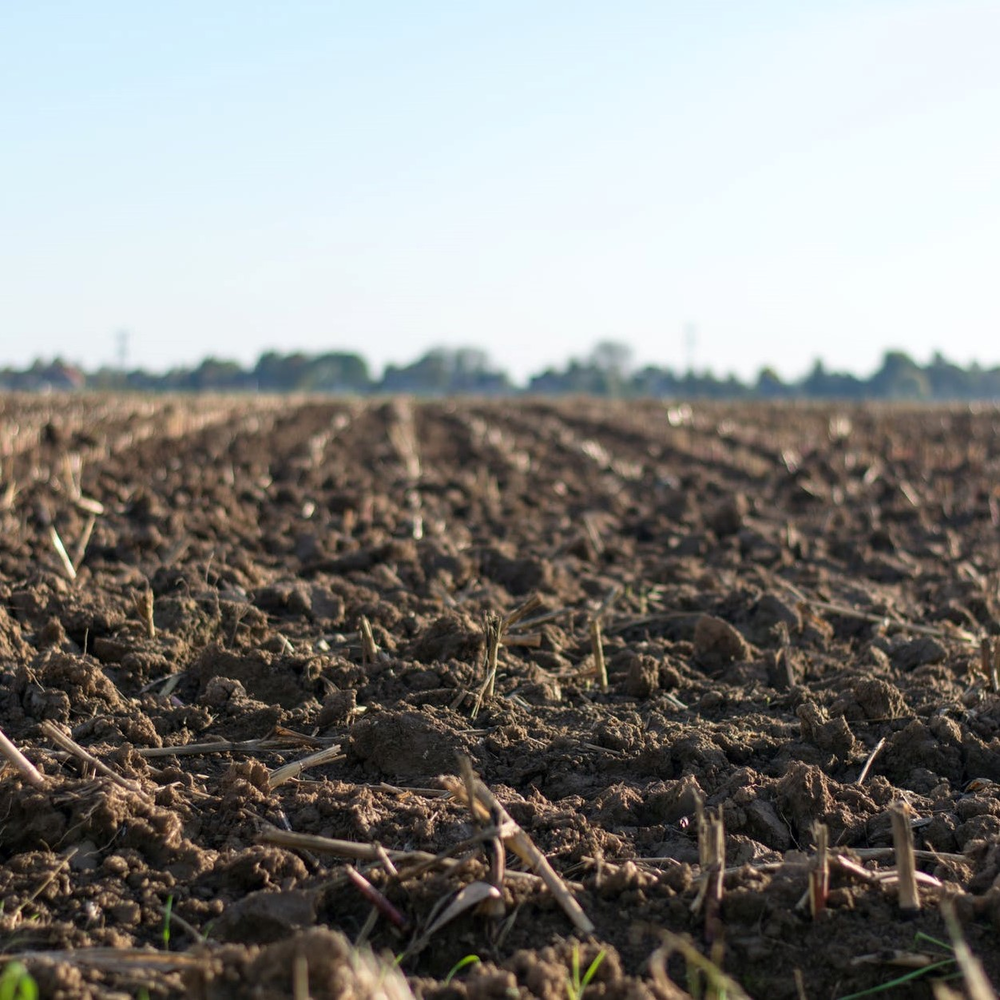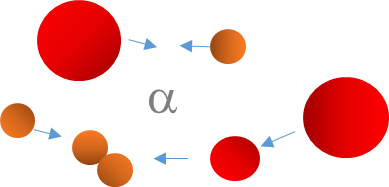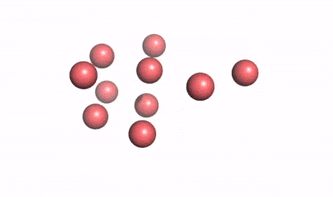Heteroaggregation
Heteroaggregation is an aggregation process between particles of different types (chemistry, size, shape, surface properties). One example is the heteroaggregation between ENPs and suspended particulate matter (SPM) such as inorganic colloids or/and natural organic matter in aquatic systems or in soils. Heteroaggregation can also occur in air between ENPs and aerosols. Upon collision, particles stick together with a probability expressed by an attachment efficiency (\(\alpha\)) and they form heteroaggregates. In the environment, heteroaggregation is expected to be more frequent than homoaggregation and to occur in soils, freshwaters and air.
|
|
Occurs in |
||
|
|
||
Fate descriptors |
Algorithms |
|
|
|
Read more |
Read also |
|
Deliverable 8.1 Alignment between Model Requirements and Experimental Procedures Deliverable 8.6 Description of model framework for agglomeration and removal of NMs Helene Walch et al. (2018) Tackling nanoparticle fate assessment in surface waters – Heteroaggregation as a key process. SETAC presentation.
|
Clavier, A., Praetorius, A., Stoll, S., 2019, Determination of nanoparticle heteroaggregation attachment efficiencies and rates in presence of natural organic matter monomers. Monte Carlo modelling: Science of the Total Environment, v. 650, p. 530-540.
|
Contact
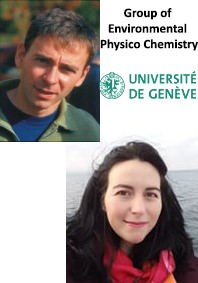 Serge Stoll
Serge Stoll
Group of Environmental Physico
Chemistry, University of Geneva
Marianne Seijo
Group of Environmental Physico
Chemistry, University of Geneva

